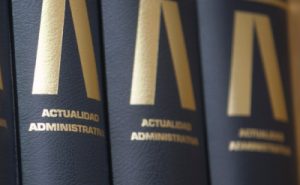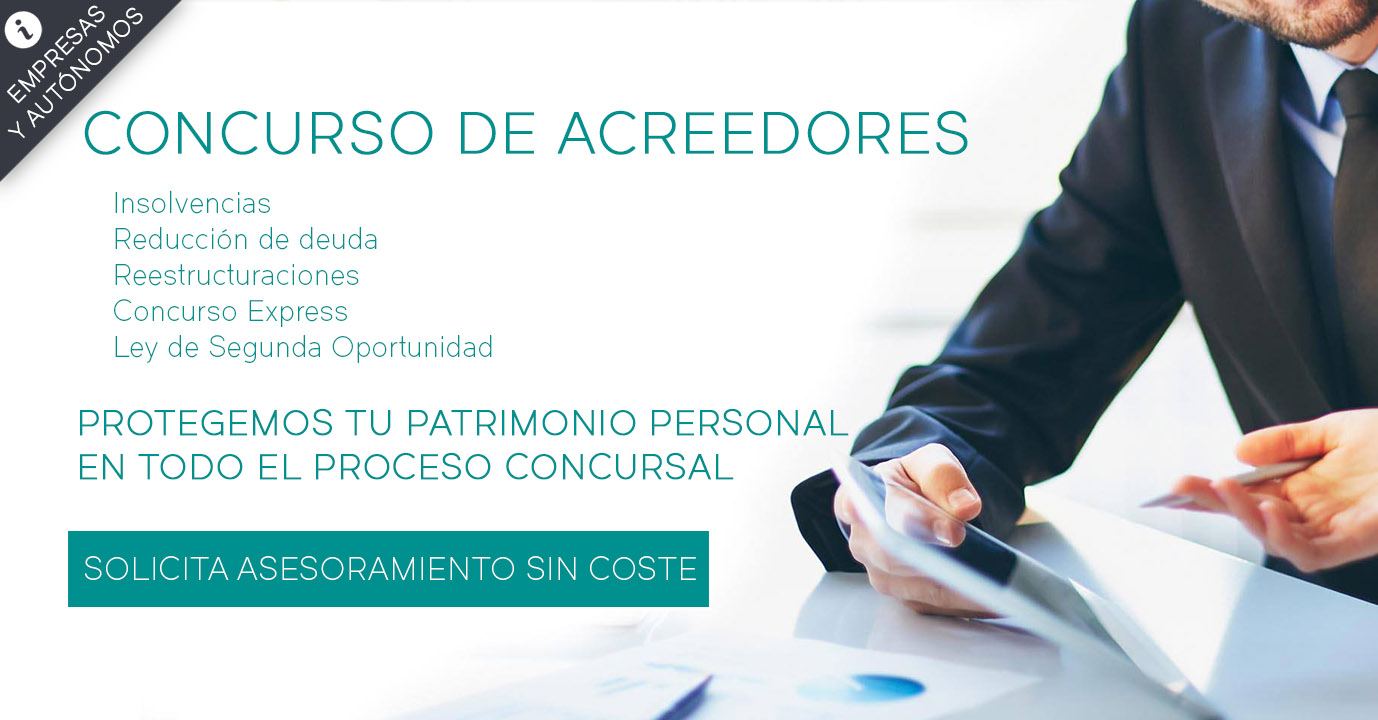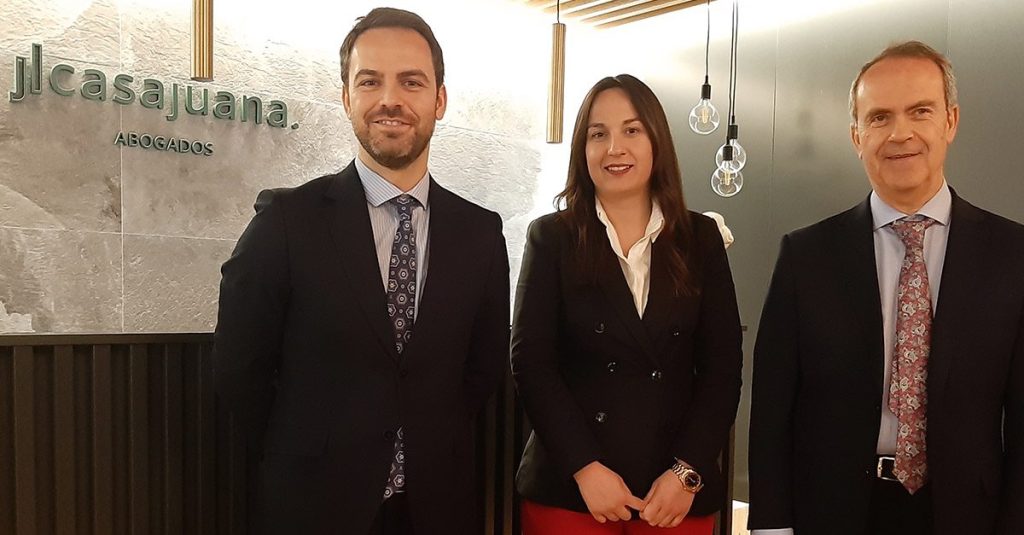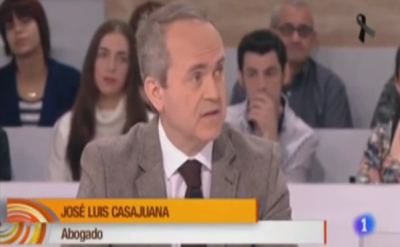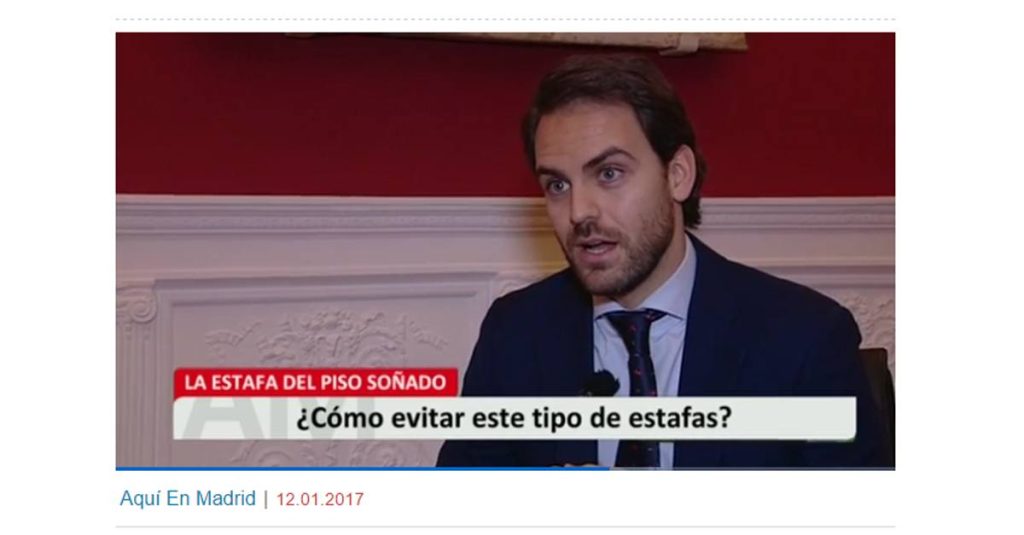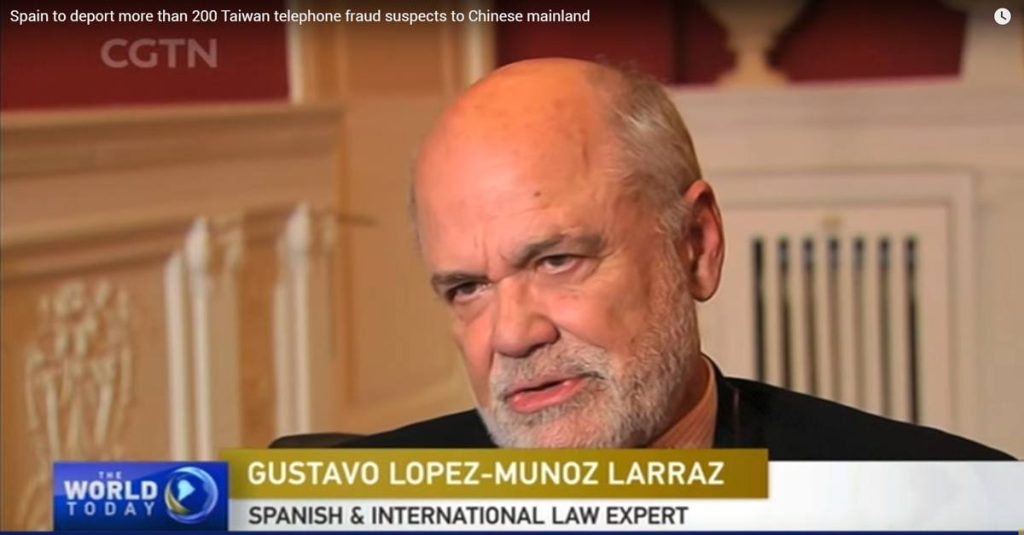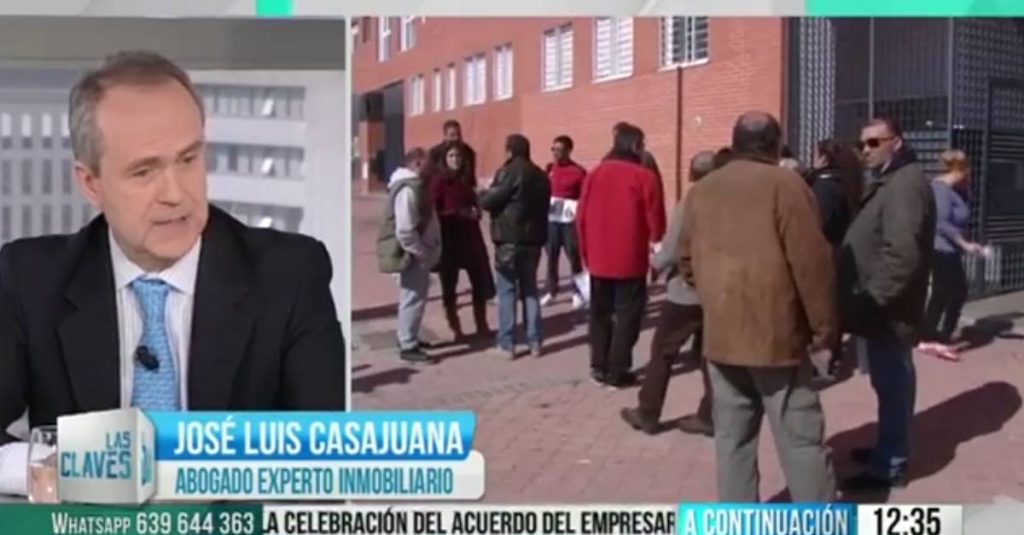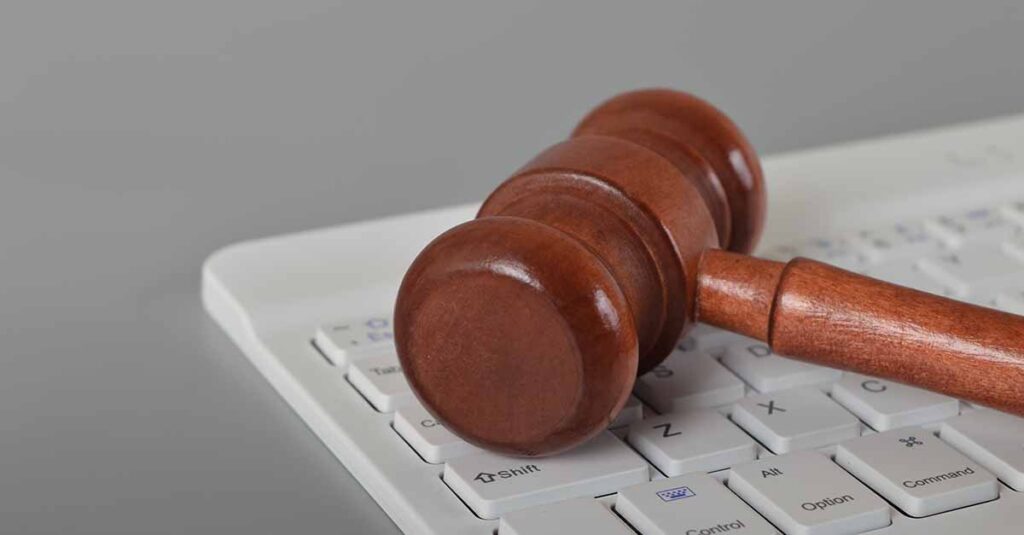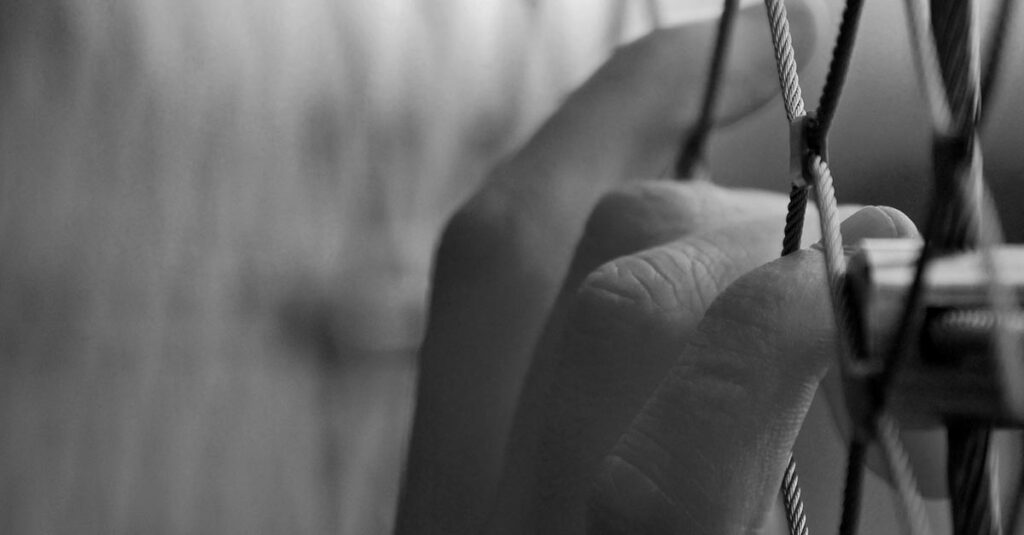
The time at which the separation of the partner after the exercise of his right of separation becomes effective was the subject of debate for some time.
The controversy ended when the Supreme Court ruled on the matter, establishing that the status of shareholder is not lost when the company is notified of the exercise of the right of separation, but when the shareholder receives the value of the shareholding that corresponds to him/her by right (Supreme Court Rulings No. 4/2021, of January 15; No. 46/2021, of February 2; No. 64/2021, of February 9 and No. 102/2021, of February 24).
To analyze this matter, we will focus on the analysis made by the last of the above-mentioned judgments, No. 102/2021, of February 24, which summarizes and summarizes the criteria established by the Supreme Court until that time. In it, the court resolves that the condition of partner is only lost when the partner is paid the value of its shareholding based on article 93 LSC because until that effective payment is not produced “the partner remains so and maintains the ownership of the rights and obligations inherent to such condition”, identical pronouncement to the three previously referred judgments given the identity of the judges of the Chamber of the Supreme Court and the similarity of the discussed issue.
The Supreme Court recognizes that when a shareholder requests his separation under the provisions of Article 348 bis of the Capital Companies Law, a process with different phases is activated that only culminates with the effective payment to the shareholder of the value of his participation, which implies the liquidation of the corporate relationship and the extinction of the rights and obligations that up to that moment linked the shareholder and the company (Article 93 of the Capital Companies Law).
In its subsequent Ruling No. 524/2023, dated February 24, 2023, the Supreme Court analyzes another point related to the effects of the separation of the shareholder, specifically, what happens with respect to the dividends distributed to the shareholder who exercised his right of separation during the time between the exercise of such right and the production of its effects which, as we have seen, is the moment in which the value of his participation is effectively paid to him.
In this regard, and in the specific case tried by the Supreme Court, it is resolved confirming the right to collect the dividends derived from the shares owned by the shareholder prior to the exercise of the right of separation, denying on the contrary the right to collect the dividends of the shares acquired by preferential subscription and ad cautelam after the exercise of such right of separation.
The reason for such refusal has its origin in the pronouncement contained in the previous Judgment of the Supreme Court No. 438/2010, of June 30, which recognized the same applicant’s right of separation, ordering the company to return to the challenging shareholder the amount paid ad cautelam for the exercise of the preferential acquisition right in the capital increase that motivated his separation, since the claimant himself had so requested in his lawsuit.
Thus, if the partner receives the deposited amounts ad cautelam in the uncertainty of not knowing if, finally, the separation requested would be considered valid, can not claim to receive the fruits of the shares whose acquisition was not consolidated by its own refusal to do so. As the referred Judgment affirms, “it is not admissible that the contribution is returned to him (that properly did not have character of such) with its legal interests, and nevertheless, it is profited with its product”.
We are left with the doubt of knowing what the court would have resolved if the separate partner had participated in the capital increases purely, simply and unconditionally, not subsequently requesting the restitution of the contributions made by exercising the preferential acquisition right, although the ratio decidendi marked in the Judgment of reference leads us to think that consolidated property rights, the separated partner would have maintained with respect to the shares acquired in the capital increase the same economic rights that he undoubtedly holds with respect to the shares acquired prior to the exercise of the right of separation.
In short, it is true that the recent case law of the Supreme Court has been able to shed some light on the exercise of the partner’s right of separation and its consequences. However, when applying all this in practice, it is clear that the problems that can be generated in the long run have not yet been fully resolved. Therefore, there is still a long way to go to be able to answer all the questions that have been raised in this regard for years.


